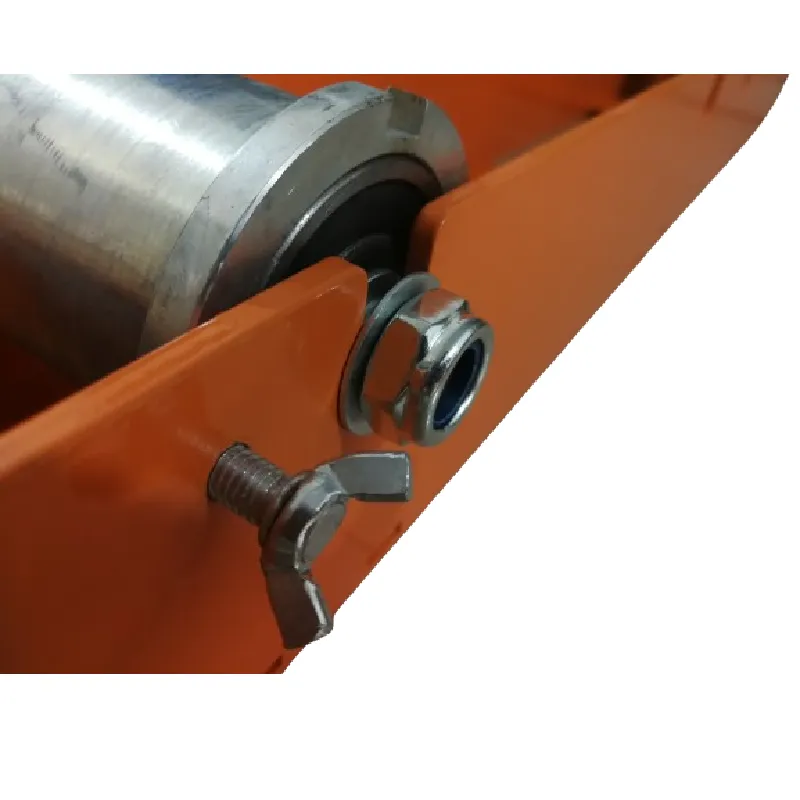
-
 Afrikaans
Afrikaans -
 Albanian
Albanian -
 Amharic
Amharic -
 Arabic
Arabic -
 Armenian
Armenian -
 Azerbaijani
Azerbaijani -
 Basque
Basque -
 Belarusian
Belarusian -
 Bengali
Bengali -
 Bosnian
Bosnian -
 Bulgarian
Bulgarian -
 Catalan
Catalan -
 Cebuano
Cebuano -
 Corsican
Corsican -
 Croatian
Croatian -
 Czech
Czech -
 Danish
Danish -
 Dutch
Dutch -
 English
English -
 Esperanto
Esperanto -
 Estonian
Estonian -
 Finnish
Finnish -
 French
French -
 Frisian
Frisian -
 Galician
Galician -
 Georgian
Georgian -
 German
German -
 Greek
Greek -
 Gujarati
Gujarati -
 Haitian Creole
Haitian Creole -
 hausa
hausa -
 hawaiian
hawaiian -
 Hebrew
Hebrew -
 Hindi
Hindi -
 Miao
Miao -
 Hungarian
Hungarian -
 Icelandic
Icelandic -
 igbo
igbo -
 Indonesian
Indonesian -
 irish
irish -
 Italian
Italian -
 Japanese
Japanese -
 Javanese
Javanese -
 Kannada
Kannada -
 kazakh
kazakh -
 Khmer
Khmer -
 Rwandese
Rwandese -
 Korean
Korean -
 Kurdish
Kurdish -
 Kyrgyz
Kyrgyz -
 Lao
Lao -
 Latin
Latin -
 Latvian
Latvian -
 Lithuanian
Lithuanian -
 Luxembourgish
Luxembourgish -
 Macedonian
Macedonian -
 Malgashi
Malgashi -
 Malay
Malay -
 Malayalam
Malayalam -
 Maltese
Maltese -
 Maori
Maori -
 Marathi
Marathi -
 Mongolian
Mongolian -
 Myanmar
Myanmar -
 Nepali
Nepali -
 Norwegian
Norwegian -
 Norwegian
Norwegian -
 Occitan
Occitan -
 Pashto
Pashto -
 Persian
Persian -
 Polish
Polish -
 Portuguese
Portuguese -
 Punjabi
Punjabi -
 Romanian
Romanian -
 Russian
Russian -
 Samoan
Samoan -
 Scottish Gaelic
Scottish Gaelic -
 Serbian
Serbian -
 Sesotho
Sesotho -
 Shona
Shona -
 Sindhi
Sindhi -
 Sinhala
Sinhala -
 Slovak
Slovak -
 Slovenian
Slovenian -
 Somali
Somali -
 Spanish
Spanish -
 Sundanese
Sundanese -
 Swahili
Swahili -
 Swedish
Swedish -
 Tagalog
Tagalog -
 Tajik
Tajik -
 Tamil
Tamil -
 Tatar
Tatar -
 Telugu
Telugu -
 Thai
Thai -
 Turkish
Turkish -
 Turkmen
Turkmen -
 Ukrainian
Ukrainian -
 Urdu
Urdu -
 Uighur
Uighur -
 Uzbek
Uzbek -
 Vietnamese
Vietnamese -
 Welsh
Welsh -
 Bantu
Bantu -
 Yiddish
Yiddish -
 Yoruba
Yoruba -
 Zulu
Zulu


des. . 04, 2024 23:36 Back to list
Understanding the Function and Applications of an Electroscope in Scientific Experiments
The Use of an Electroscope Understanding Static Electricity
An electroscope is a simple yet fascinating scientific instrument that serves as one of the earliest devices used to detect electric charge. This ingenious tool, often made from metal and glass, allows us to explore the principles of static electricity in a hands-on way. While it may appear outdated compared to modern devices, the electroscope plays a crucial role in education and understanding fundamental electrical concepts.
The basic structure of an electroscope consists of a metal rod connected to two thin metal leaves that hang freely. When the electroscope is neutral, these leaves remain in a relaxed position, hanging straight down. However, when an electrically charged object comes into contact with or is brought near the metal rod, the electroscope responds in a predictable manner that demonstrates the principles of electrostatics.
The Use of an Electroscope Understanding Static Electricity
Another method of charging is through induction, which involves bringing a charged object close to the electroscope without direct contact. When a negatively charged object is brought near the electroscope, it causes a redistribution of charges within the electroscope itself. The negative charges in the electroscope are repelled away from the rod, causing the leaves to separate due to the repulsion of the like charges. If the electroscope is then grounded—meaning a conductive path is provided to the earth—the excess negative charge can leave the electroscope. After removing the ground connection and then the charged object, the electroscope now retains a positive charge, causing the leaves to remain separated.
electroscope use

The degree to which the leaves of the electroscope separate offers insight into the strength of the charge with which it interacts; a stronger charge will cause further separation. This characteristic allows students and experimenters to not only detect the presence of charge but also to make qualitative assessments about its magnitude.
Electroscopes have significant educational value, particularly in physics classrooms. By engaging with this instrument, students can better understand concepts such as charge transfer, static electricity, and the behavior of ionic and covalent bonding. The simplicity of the electroscope fosters curiosity, inviting learners to design experiments that explore the properties of electric charge, including the effects of different materials and environmental conditions on static electricity.
Beyond the classroom, electroscopes have practical applications in various fields, including materials science and electrostatic discharge prevention. For example, in environments where static electricity can cause problems, such as semiconductor manufacturing, electroscopes can be used to identify charged surfaces and ensure proper grounding procedures are followed to mitigate risks.
Moreover, the electroscope serves as a precursor to more advanced electrostatic detection devices, such as the field mill or electrostatic voltmeter. Understanding the electroscope provides foundational knowledge that informs the design and operation of these more complex tools.
In conclusion, while technology has advanced significantly since the invention of the electroscope, its role in promoting understanding of static electricity remains unmatched. This simple instrument serves not only as a gateway into the world of electrostatics for students but also as a reminder of the fundamental principles that govern electrical phenomena. Through hands-on experimentation with electroscopes, learners can grasp the invisible forces of nature that shape our world. Whether for education, research, or practical applications, the electroscope remains a vital tool in the exploration of the electrical universe.
Latest news
Your Best Choice for Duct Rodder and Fish Tape Wire Puller Tools
NewsAug.13,2025
Unlocking Efficiency and Precision with Premium Cable Tools and Equipment
NewsAug.13,2025
Smart Solutions with Precision: Cable Pulling Tools That Deliver
NewsAug.13,2025
Reliable Protection with Advanced Hot Stick Technology
NewsAug.13,2025
Reliable Cable Installation Tools at Your Fingertips
NewsAug.13,2025
Optimized Cable Laying with Heavy-Duty Solutions for Modern Projects
NewsAug.13,2025











